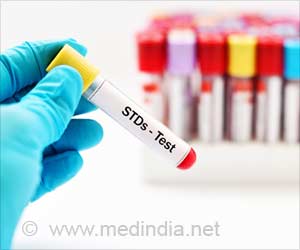Only half of HIV diagnosed people in southern Mozambique enroll in medical care, say researchers from Barcelona Institute for Global Health.

‘Diagnosis of HIV is the first step of many in the path to global disease control. More than half of people in Southern Mozambique, diagnosed with HIV do not initiate the next step of HIV care. Hence, Developing intervention for HIV infected patients to facilitate access to care and treatment is essential.’





The team led by Denise Naniche, an ISGlobal researcher, aimed to evaluate whether the uptake and adherence to HIV care and treatment depend on where and how the diagnosis was done.The study was performed in Southern Mozambique and included over 1,000 adults newly diagnosed at the clinic, either voluntarily or upon health personnel recommendation, or at their homes. Three months after diagnosis, barely 44 percent of the participants had attended a medical visit, and only 25 percent had initiated antiretroviral treatment. Uptake of care and treatment was particularly low among those that were tested at home, which represent an older and less knowledgeable population than those attending the clinic. In contrast, among those that did initiate treatment, 84 percent were still taking it 12 months later.
"These results are similar to those reported for other African countries with high HIV prevalence," says Naniche, "and they show that most patients are lost to follow-up in the first phases after the diagnosis, regardless of where and how the test was done. They also reveal that those that perform the test at home represent a socio-demographically distinct population and that we need to develop interventions such as SMS messages to help them initiate medical care and treatment.
Source-Eurekalert















